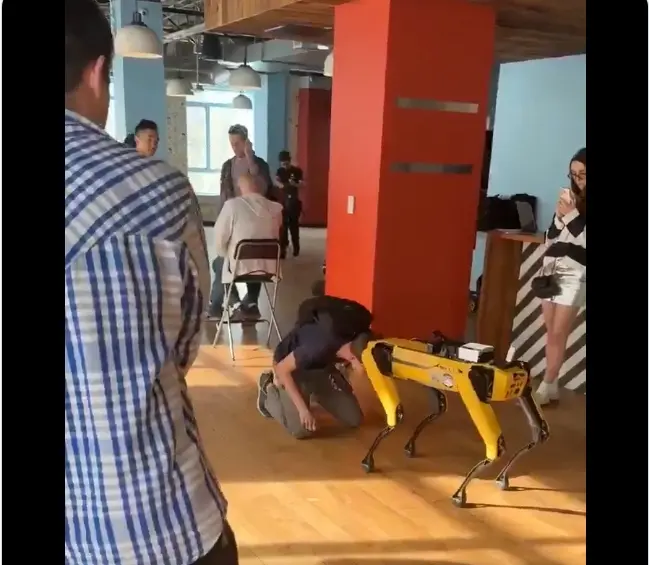Why is 2024 a critical period in the history of Ethereum's development?
Written by: Ebunker
On-chain Activity Increases, Deflationary Trend Strengthens

After Ethereum completed its merge, ETH has shown deflationary characteristics during periods of high network usage. Since the merge in September 2022, the supply of ETH has decreased by 369,814 coins, accounting for 0.21% of the total supply; Ethereum stakers have received rewards exceeding 1.06 million coins, but the destruction mechanism has permanently destroyed over 1.43 million ETH during the same period.
Recently, thanks to the bullish momentum in the cryptocurrency market, the trading volume on decentralized exchanges (DEX) has increased, NFT sales have risen, and L2 network activity has also become significantly more active. In the past two weeks, over 21,000 ETH have been destroyed, valued at $62.8 million.
Data from Defi Llama shows that DEX trading volume exceeded $5 billion on February 19, a 134% increase compared to data from February 4. Dune Analytics data indicates that NFT sales rose to $33 million on February 19, a 114% increase compared to data from February 2. L2BEAT data shows that on February 18, all L2 blockchains processed an average of over 92.4 transactions per second, marking the second-highest record ever.
It is worth noting that the introduction of the ERC-404 token standard in early February is also one of the reasons for the increase in gas fees. ERC-404 allows multiple wallets to simultaneously own a single NFT, fragmenting the ownership of NFTs. ERC-404 utilizes ERC-20 and ERC-721 tokens, facilitating NFT fragmentation, which leads to gas-intensive transactions. With the active cryptocurrency market and rising on-chain activity, Ethereum's deflationary trend is expected to strengthen further in the coming months.
Ethereum Network Set to Undergo Major Upgrade
The next major update for the Ethereum network (EIP-4844) is set to be implemented in March this year, aimed at improving the efficiency, scalability, and security of the Ethereum blockchain. This update will reduce the costs of the L2 ecosystem built around Ethereum by tenfold, significantly boosting the adoption rates of Ethereum and L2.
The Dencun upgrade marks the beginning of the "the Surge" era in Ethereum's roadmap, becoming a major turning point in this cycle. Ethereum needs to leverage L2 for scaling, and the sub-chains and specialized business development teams of L2 are driving rapid growth. Additionally, the integration of Verkle trees on the Ethereum blockchain is highly anticipated, as it is expected to reduce disk space requirements, enhance the functionality of staking nodes, and improve the overall user experience.
Spot Ethereum ETF Approval Expectations
On February 17, VanEck submitted a revised S-1A filing for its spot Ethereum ETF. Meanwhile, ARK/21Shares also submitted a new 19b-4 filing and a series of new analyses for its spot Ethereum ETF. Previously, BlackRock, Fidelity, Grayscale, Invesco, Galaxy, and Hashdex had submitted related applications. Grayscale ETF head Dave LaValle stated that the probability of the SEC approving the conversion of its Ethereum trust to a spot ETF in May this year is 50%.
In a research report on February 19, U.S. investment bank Bernstein discussed Ethereum's prospects in the coming months regarding staking rewards, potential institutional capital inflows, and the approval of spot ETFs. The report suggests that Ethereum, with its staking yield incentives, environmentally friendly design, and institutional utility for building new financial markets, is ready for mainstream institutional adoption. According to the report, Ethereum may become the cryptocurrency to receive spot ETF approval after Bitcoin, with a 50% chance of approval for the Ethereum spot ETF in May, and this probability could reach nearly 100% by the end of this year.
Web3 Project Development Enters New Phase
Unlike Bitcoin, Ethereum is not just an asset; its intrinsic value is highly related to the functionality of its blockchain. Ethereum aligns more with the goals of shared and programmable databases or DApp development platforms. Therefore, for the Ethereum network to hold value, there must be valuable applications on its network.
Currently, some programs have emerged from the development of Web3, but the vast majority of applications will come from traditional companies adjusting their systems and integrating with blockchain. Looking at existing non-native mainstream Web3 killer applications on-chain, there are few projects that have seriously maintained their on-chain applications after the last bull market cycle.
In the previous cycle, due to the broad and obscure nature of blockchain, most blockchain participants, including the blockchain teams themselves or other Web3 business development teams, lacked sufficient guidance and had to compete for development space with meme tokens and NFT hype, making certain technical operations unfeasible.
Moreover, the business development of teams is often segmented by region, leading these teams to cater to dozens of different fields, each with varying needs and complex applications. The end result is a multitude of projects that lack precision, preventing most projects from succeeding. However, in 2024, the game will change. The blockchain ecosystem is entering a period of specialization regarding how to build on-chain. The largest L2 blockchains are currently segmenting specific configurations along with specialized teams and structures.
Blockchain Development Kits
Taking Polygon as an example, it does not configure a universal blockchain and a regional business development team for all applications, but instead adopts multiple sub-chains suitable for specific scenarios. Polygon is providing a blockchain development kit (CDK) for building sub-chains, with all liquidity connected through an aggregation layer.
Currently, the sub-chains announced by Polygon include:
- B2 (a CDK blockchain focused on building rollups for Bitcoin);
- OEV Network (a CDK blockchain aimed at capturing oracle-extractable value OEV);
- Hypr (a CDK blockchain focused on gaming);
- Libre (a CDK blockchain dedicated to issuing tokenized assets for institutions);
- FireDrops (a CDK blockchain designed for loyalty behavior for India's largest e-commerce platform, Flipkart).
Additionally, other mainstream L2 blockchains are following the same path. For example, Optimism's "OP-Stack" is similar to Polygon's CDK. A paradigm shift is underway, with many specialized sub-chains and business development teams from almost all mainstream L2 blockchains competing in the same field.
Thanks to Ethereum's L2 plans, building a secure chain has become very simple. Therefore, 2024 may become the year when Web2 killer applications emerge in Web3, with numerous companies and users attempting to incorporate blockchain into their daily lives.
Conclusion
2024 will be a pivotal period in the development history of the Ethereum blockchain, marking a new development cycle since the merge in 2022. Rising on-chain activity is driving Ethereum's deflationary trend. The Dencun upgrade will enhance the efficiency, scalability, and security of the Ethereum blockchain. Expectations for the approval of Ethereum spot ETFs will continue to drive institutional adoption interest. The blockchain development kit (CDK) is creating more possibilities for developers on the Ethereum network, and more valuable applications will, in turn, continue to drive the prosperity of the Ethereum network.










